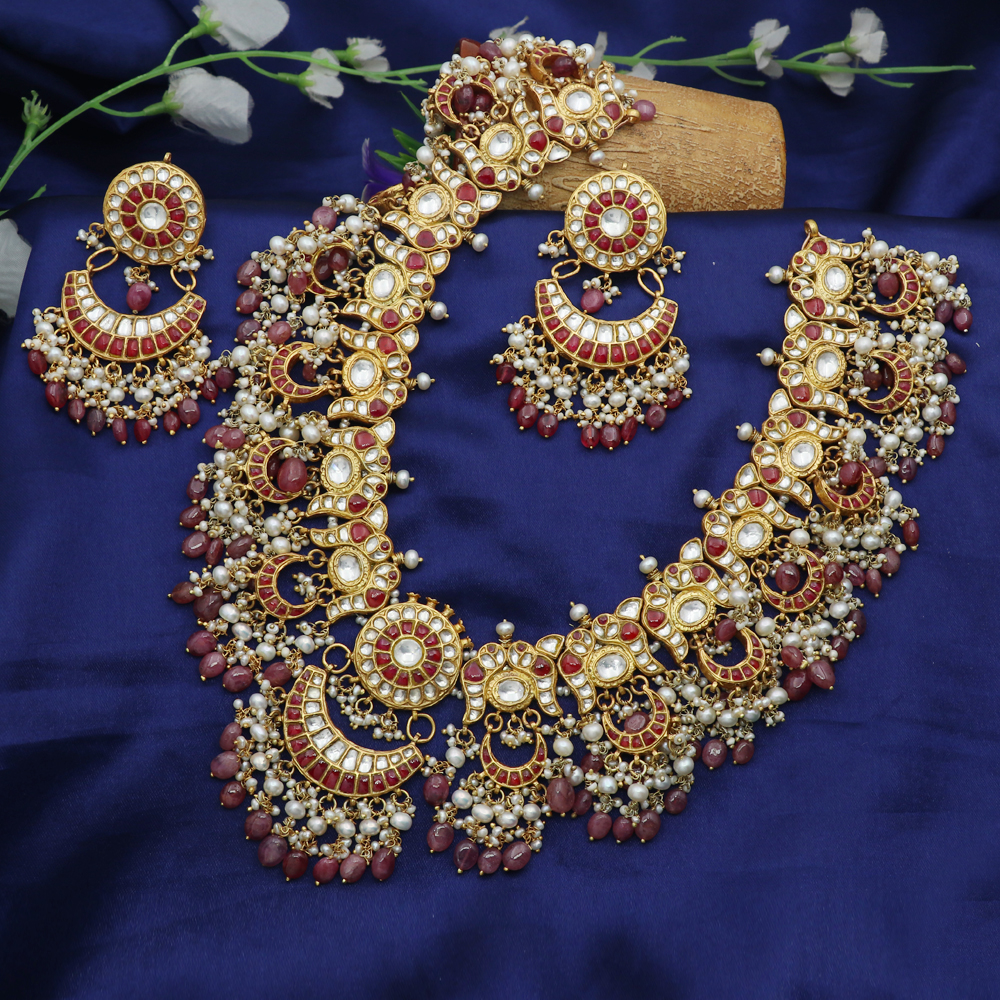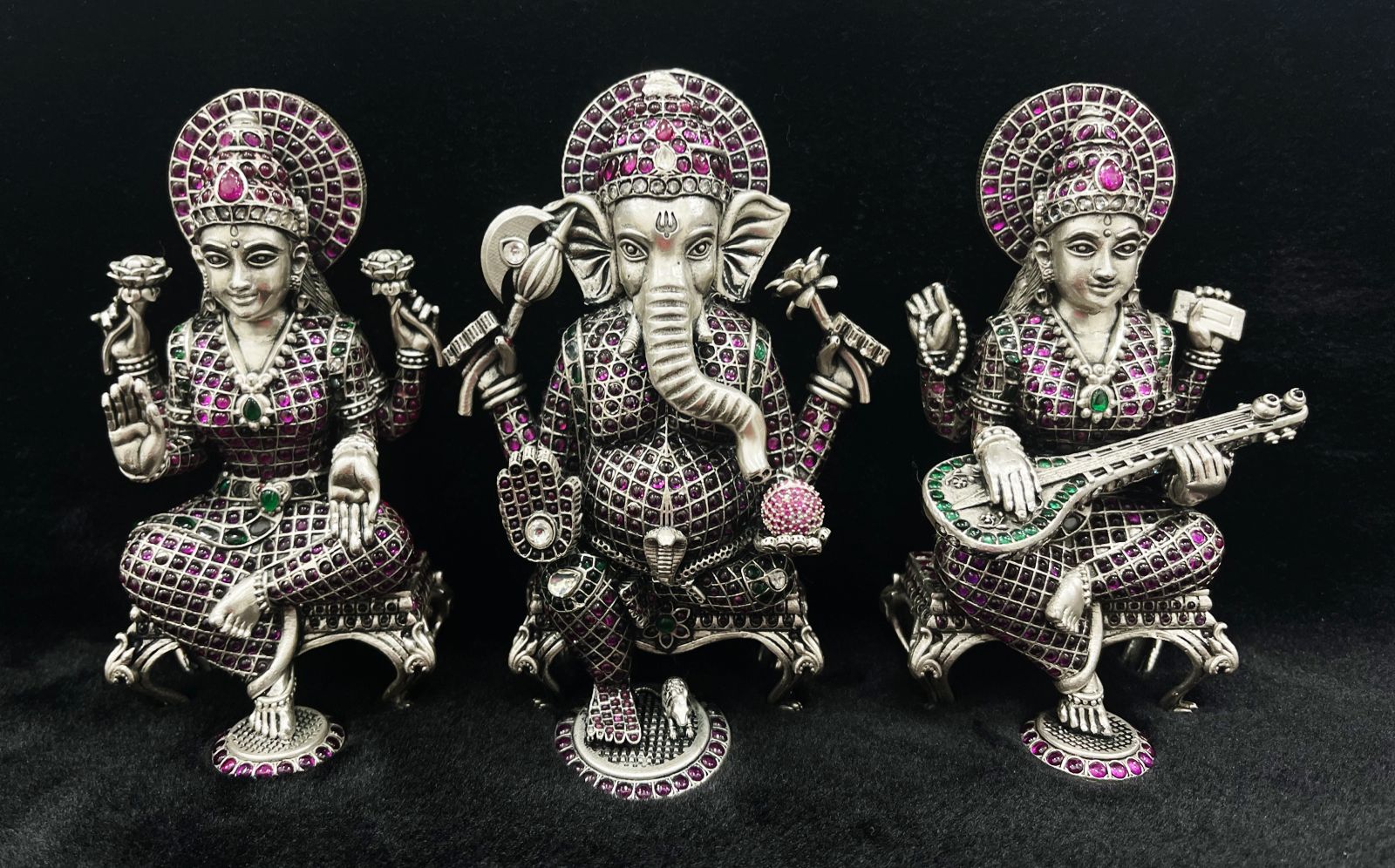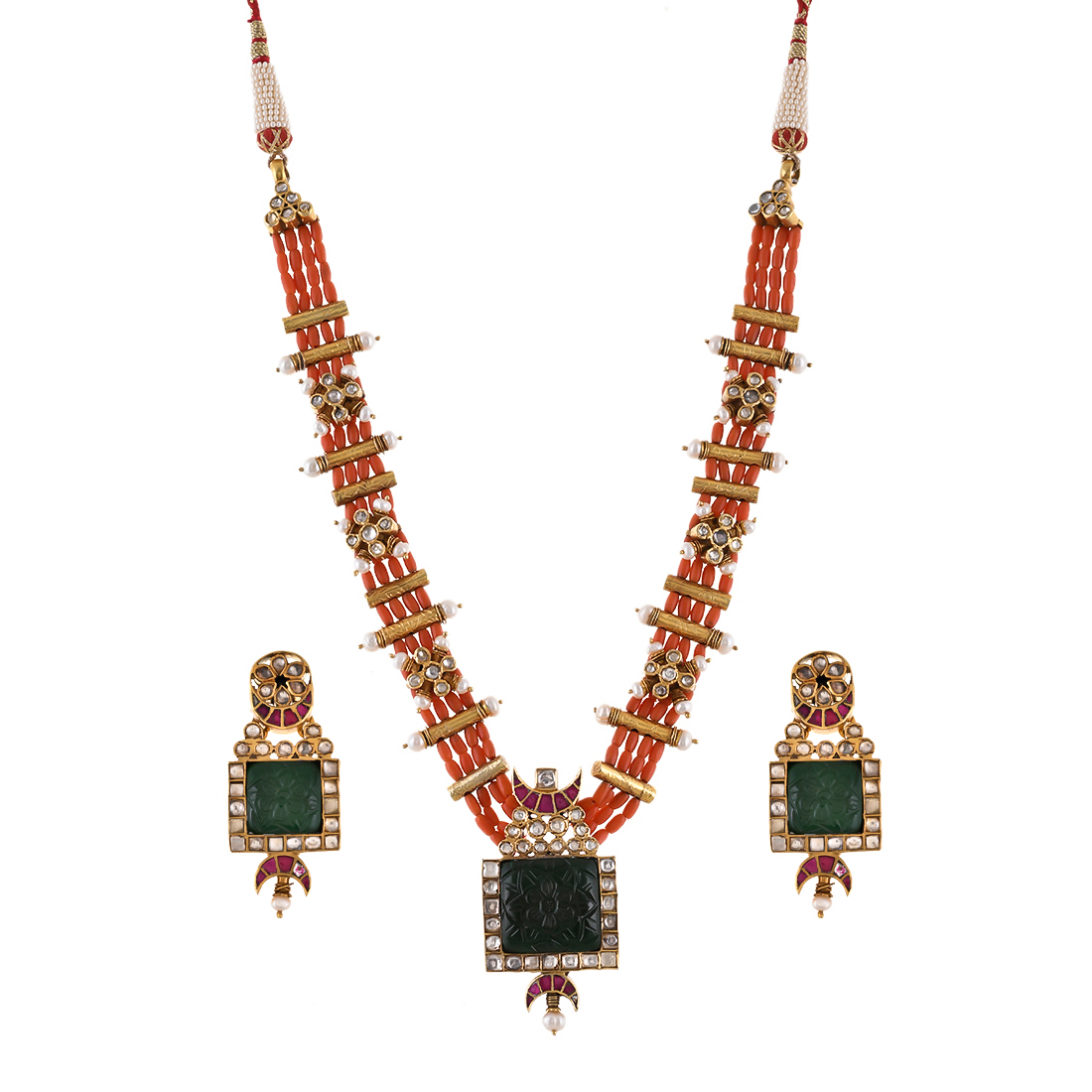BUY SILVER NECKLACE ONLINE
BUY SILVER NECKLACE ONLINE
A silver necklace is an article of jewellery that is worn around the neck. Silver necklaces may have been one of the earliest types of adornment worn by humans. They often serve ceremonial, religious, magical, or funerary purposes and are also used as symbols of wealth and status, given that they are commonly made of precious metals and stones.
The main component of a necklace is the band, chain, or cord that wraps around the neck. These are most often rendered in precious metals such as gold, silver, and platinum. Silver necklaces often have additional attachments suspended or inset into the necklace itself. These attachments typically include pendants, lockets, amulets, crosses, and precious and semi-precious materials such as diamond, pearls, rubies, emeralds, garnets, and sapphires. They are made with many different type of materials and are used for many things and sometimes classed as clothing.
Prehistoric peoples often used natural materials such as feathers, bone, shells, and plant materials to create necklaces, but by the Bronze Age metallic jewellery had replaced pre-metallic adornments. Silver necklaces were first depicted in the statuary and art of the Ancient Near East, and early necklaces made of precious metals with inset stones were created in Europe.
In Ancient Mesopotamia, cylinder seals were often strung and worn as jewellery. In Ancient Babylon, necklaces were made of carnelian, lapis lazuli, agate, and gold, which was also made into gold chains. Ancient Sumerians created necklaces and beads from gold, silver, lapis lazuli and carnelian. In Ancient Egypt, a number of difference necklace types were worn. Upper-class Ancient Egyptians wore collars of organic or semi-precious and precious materials for religious, celebratory, and funerary purposes. These collars were often ornamented with semi-precious, glass, pottery, and hollow beads. Beads made from a variety of precious and semi-precious materials were also commonly strung together to create necklaces. Gold that was fashioned into stylised plant, animal, and insect shapes were common as well. Amulets were also turned into silver necklaces. In Ancient Crete necklaces were worn by all classes; peasants wore stones on flax thread while the wealthy wore beads of agate, pearl, carnelian, amethyst, and rock crystal. Pendants shaped into birds, animals, and humans were also worn, in addition to paste beads.
In Ancient Greece, delicately made gold necklaces created with repoussé and plaited gold wires were worn. Most often these silver necklaces were ornamented with blue or green enamelled rosettes, animal shapes, or vase-shaped pendants that were often detailed with fringes. It was also common to wear long gold chains with suspended cameos and small containers of perfume. New elements were introduced in the Hellenistic period; coloured stones allowed for poly-chromatic pieces, and animal-head finials and spear-like or bud shaped pendants were hung from chains. Ancient Etruscans used granulation to create granulated gold beads which were strung with glass and faience beads to create colourful necklaces.
TYPES OF SILVER NECKLACES
Silver Collar
A collar is about 30 centimetres (12 inch) to 33 centimetres (13inch) long and sits high on the neck.
Silver Choker
A choker is a close-fitting, short necklace, 35 centimetres (14 in) to 41 centimetres (16 in) long.
Silver Princess necklace
A princess necklace is 45 centimetres (18 in) to 50 centimetres (20 in) long.
Silver Matinee necklace
A matinee length necklace is 56 centimetres (22 in) to 58 centimetres (23 in) long.
Silver Opera necklace
An opera necklace is 75 centimetres (30 in) to 90 centimetres (35 in) long and sits at the breastbone.
Silver Rope necklace
A rope necklace is any necklace longer than opera length.
Silver Lariat necklace
A lariat is a very long variation on the rope, without a clasp, often worn draped multiple times around the neck.






